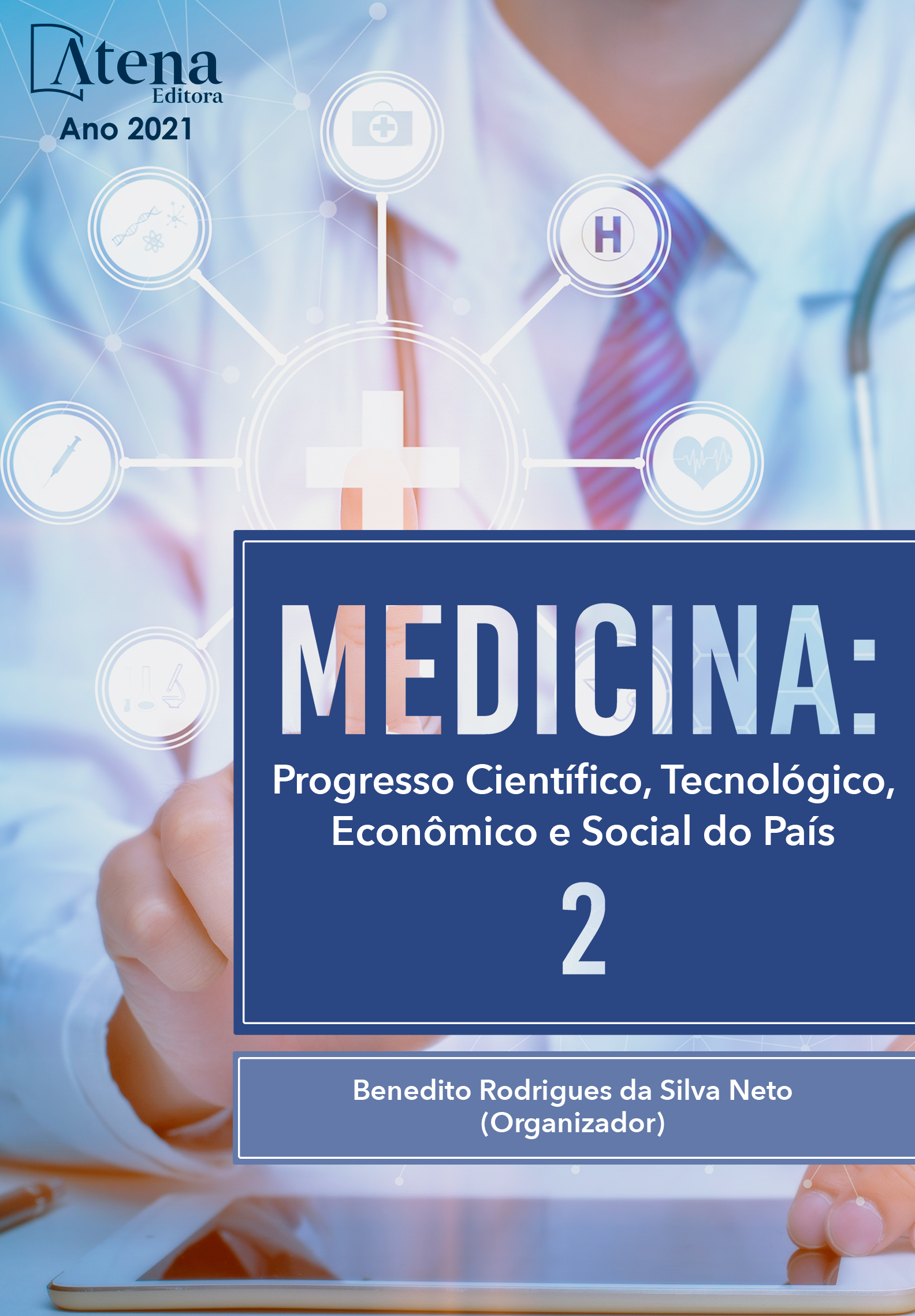
RELAÇÃO ENTRE ADENOMA HIPOFISÁRIO SOMATOTRÓFICO E DESENVOLVIMENTO DE NOVOS FOCOS NEOPLÁSICOS E DE COMORBIDADES - UM ESTUDO RETROSPECTIVO
O hormônio do crescimento (GH) é sintetizado pela adeno-hipófise, e estimula o fígado a produzir o fator de crescimento semelhante à insulina tipo I (IGF-I) . Estes são fundamentais no crescimento somático além de apresentarem importantes efeitos metabólicos. Contudo, concentrações excessivas do GH e do IGF-I podem causar diversas patologias que impactam negativamente na expectativa e na qualidade de vida. As origens desse distúrbio hormonal podem ser diversas e a mais prevalente é a presença de tumores, os adenomas hipofisários (AH) secretores de GH. Os objetivos desse estudo retrospectivo foram determinar as comorbidades mais prevalentes em pacientes com excesso de GH e IGF-1 causado por AH secretor de GH, correlacionar as concentrações destes hormônios com as comorbidades encontradas e a analisar os resultados das intervenções médicas atualmente indicadas para o tratamento dos AH. O estudo baseou-se na análise de prontuários de pacientes acompanhados no serviço de neuroendocrinologia do Hospital Universitário Lauro Wanderley (HULW). Os sintomas iniciais relatados pelos pacientes foram cefaleia, vertigem, hemianopsia e galactorreia. As comorbidades mais prevalentes foram diabetes mellitus do tipo II (66,6%) , hipertensão arterial sistêmica (50%) , complicações oftalmológicas (42,6%). Observou-se uma significativa diminuição das concentrações de GH e IGF-I após o tratamento combinado (cirúrgico e farmacológico) (p=0,012), enquanto uma tendência de redução do GH no tratamento conservador (farmacológico) (p=0,068). A relação entre o eixo GH/IGF-I e o desenvolvimento tumoral ainda não está estabelecida cientificamente. As comorbidades estão bem fundadas na literatura e dependem, dentre outros fatores, do tempo da doença. Portanto é fundamental o diagnóstico precoce do AH para minorar os seus efeitos deletérios à saúde. O tratamento combinado apresentou redução significativa das concentrações de GH-IGF-1.
RELAÇÃO ENTRE ADENOMA HIPOFISÁRIO SOMATOTRÓFICO E DESENVOLVIMENTO DE NOVOS FOCOS NEOPLÁSICOS E DE COMORBIDADES - UM ESTUDO RETROSPECTIVO
-
DOI: 10.22533/at.ed.61621080618
-
Palavras-chave: GH, IGF-I, Câncer, Comorbidades
-
Keywords: GH, IGF-I, Cancer, Comobidities
-
Abstract:
Growth hormone (GH), synthesized by the adenohypophysis, and insulin-like growth factor type I (IGF-I), whose liver synthesis is stimulated by GH, are fundamental in somatic growth in addition to having important metabolic effects. However, excessive concentrations of GH and IGF-I can cause several pathologies that negatively impact on life expectancy and quality of life. The origins of this hormonal disorder can be diverse and the most prevalent is the presence of tumors, the pituitary adenomas (HA) secreting GH. The objectives of this retrospective study were to determine the most prevalent comorbidities in patients with excess GH and IGF-1 caused by GH-secreting HA, to correlate the concentrations of these hormones with the comorbidities found and to analyze the results of the medical interventions currently indicated for treatment of AH. The study was based on the analysis of medical records of patients followed up at the neuroendrocrinology service of University Hospital Lauro Wanderley (HULW). The initial symptoms reported by the patients were headache, vertigo, hemianopsia and galactorrhea. The most prevalent comorbidities were type II diabetes mellitus (66,6%), systemic arterial hypertension (50,0%), ophthalmic complications (42,6%). There was a significant decrease in GH and IGF-I concentrations after the combined treatment (surgical and pharmacological) (p=0,012), while a tendency to reduce GH in conservative (pharmacological) treatment (p=0,068). The relationship between the GH/IGF-I axis, carcinogenesis and tumor development has not yet been scientifically established. Comorbidities are well founded in the literature and depend, among other factors, on the duration of the disease. Therefore, the early diagnosis of HA is essential to mitigate its harmful effects on health.
-
Número de páginas: 15
- Rafael Moura Viana
- Andrey Maia Silva Diniz
- Otávio Augusto Nasser Santos
- Rafael Tavares Cavalcante
- BRUNO LEONARDO CARDOSO BARROS


